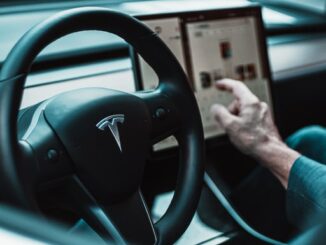At UC Berkeley, researchers in Sergey Levine’s Robotic AI and Learning Lab eyed a table where a tower of 39 Jenga blocks stood perfectly stacked. Then a white-and-black robot, its single limb doubled over like a hunched-over giraffe, zoomed toward the tower, brandishing a black leather whip. Through what might have seemed to a casual viewer like a miracle of physics, the whip struck in precisely the right spot to send a single block flying from the stack while the rest of the tower remained structurally sound.
With human feedback, AI-driven robots learn tasks better and faster
Tech News
-
 Highlights
HighlightsFree Dark Web Monitoring Stamps the $17 Million Credentials Markets
-
 Highlights
HighlightsSmart buildings: What happens to our free will when tech makes choices for us?
-
 Apps
AppsScreenshots have generated new forms of storytelling, from Twitter fan fiction to desktop film
-
 Highlights
HighlightsDarknet markets generate millions in revenue selling stolen personal data, supply chain study finds
-
 Security
SecurityPrivacy violations undermine the trustworthiness of the Tim Hortons brand
-
 Featured Headlines
Featured HeadlinesWhy Tesla’s Autopilot crashes spurred the feds to investigate driver-assist technologies – and what that means for the future of self-driving cars




